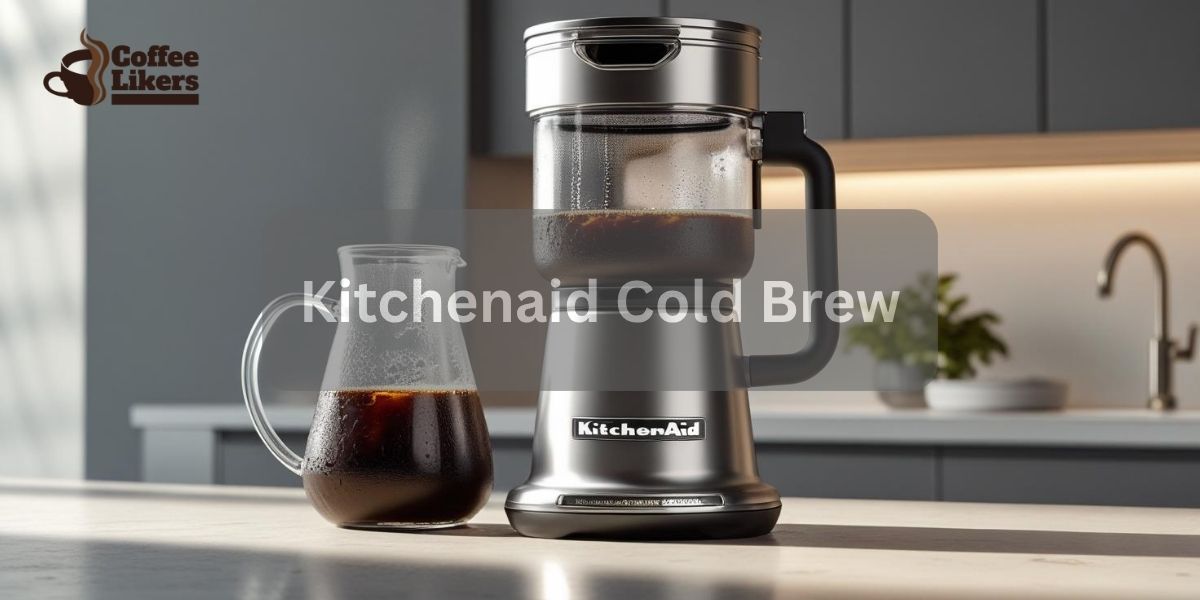Introduction
If you’re a coffee lover, you know that a smooth cup of joe is the holy grail. But exactly what makes a coffee smooth and not bitter?
In this blog post, I’ll explore the factors that contribute to a smooth cup of coffee and how to achieve it at home. Also, I’ll cover everything from the roast level to the brewing method and even the type of water you use for less bitter coffee or smooth non bitter coffee taste.
You’ll learn how to choose beans that are less likely to produce bitter flavors, as well as tips for coffee brewing methods that result in a smoother taste. So sit back and grab your favorite mug, and get ready to take your coffee game to the next level with these helpful tips for achieving the perfect smooth cup of quality coffee.
What Coffee is Smooth and Not Bitter Taste?
Achieving a smooth and non bitter coffee cup involves a nuanced interplay of multiple factors. The acidity of the coffee beans is a critical component, with higher acidity contributing to making coffee brighter and livelier taste.
The roast level also plays a vital role, as over-roasting can result from bitterness in coffee. Lighter roasts tend to have a higher acidity, while darker roasts may be bolder but risk bitterness. The brewing process, including variables such as brewing time, water temperature, and extraction rate, impacts the flavor profile as well types of coffee.
Water quality is another crucial factor for making your coffee, with hard water potentially leading to bitterness. By carefully considering and balancing these factors when brewing coffee, coffee connoisseurs can create a smooth and enjoyable coffee experience that is free of bitterness, leaving taste buds craving for more specialty coffee.
What is the Smoothest Best Tasting Coffee?
The quest for the smoothest and best tasting coffee is a pursuit cherished by coffee enthusiasts worldwide. Achieving the perfect cup requires a combination of several key elements for the least bitter or non bitter cup of coffee. Starting with high-quality coffee beans, sourced from reputable growers and roasted to perfection is paramount for coffee grounds for ground coffee.
The roast level, with a medium or medium-dark roast often considered optimal, can contribute to a smoother taste. Additionally, the brewing method and equipment play a crucial role, with pour-over, French press, and espresso machines among the popular choices.
Factors such as brewing time, water temperature, and extraction rate should be carefully considered and calibrated to extract the optimal flavors. Water quality also plays a significant role, with clean and purified water allowing the coffee’s inherent flavors to shine.
Finally, personal preferences in terms of acidity, sweetness, and strength can further tailor the taste to individual liking. With careful attention to all these factors, the result can be a cup of coffee that is smooth, well-balanced, and a true delight to the taste buds, leaving one craving for that next perfect sip.
What Roast Coffee is the Smoothest and Best Coffee?
When it comes to coffee, the roast level of the beans can greatly impact the taste profile, with varying degrees of smoothness. While taste preferences can be subjective, many coffee aficionados consider medium roasts to be the smoothest.
Medium-roasted coffee beans are roasted to a point where they strike a balance between retaining the beans’ natural acidity and developing desirable caramelized flavors. This results in a well-rounded cup of coffee with a harmonious combination of acidity, sweetness, and body. Medium roasts typically exhibit a moderate level of acidity, offering a vibrant and tangy taste without being overly sharp.
The beans also retain a good amount of their original flavor characteristics, resulting in a more nuanced and complex taste profile. Moreover, medium roasts tend to have a smoother finish compared to darker roasts, which can sometimes carry a bitter or charred aftertaste.
With their balanced flavor and smooth finish, medium roasts are often favored by those who appreciate a well-rounded, versatile, and enjoyable coffee experience.

What Makes the Smoothest Coffee and Not Taste Bitter?
Achieving the smoothest coffee requires a combination of several key factors. Starting with high-quality coffee beans, sourced from reputable growers and carefully roasted, is crucial. The roast level plays a significant role, with medium roasts often considered the sweet spot for smoothness.
Medium-roasted coffee beans are roasted enough to develop rich flavors without sacrificing the beans’ natural acidity, resulting in a balanced and smooth taste profile. Brewing methods and equipment also play a pivotal role, with pour-over, French press, and espresso machines among the popular choices for extracting the optimal flavors.
Factors such as brewing time, water temperature, and extraction rate should be fine-tuned to perfection to create a smooth cup. Water quality is another critical factor, as clean and purified water allows the coffee’s true flavors to shine.
Lastly, personal preferences in terms of coffee-to-water ratio, grind size, and brewing technique can also impact the smoothness of the coffee. By carefully considering and balancing all these factors, coffee lovers can indulge in a velvety, well-balanced, and smooth coffee experience that delights the senses with every sip.
The Coffee Beans What Makes a Coffee Smooth and Not Bitter
A smooth cup of coffee is a result of various factors that come together harmoniously to create a delightful sensory experience. One crucial aspect is the coffee beans themselves.
High-quality Arabica beans, known for their mild and nuanced flavors, often contribute to a smoother coffee profile. Another crucial factor is the brewing process. Brewing techniques that extract the coffee’s flavors without over-extracting bitter compounds, such as using the right water temperature and brewing time, can help in achieving a smoother cup of coffee.
Properly roasted beans, which are not overly dark or burnt, can also avoid imparting a bitter taste to the brew. Additionally, the grind size plays a role, as a consistent and appropriate grind allows for optimal extraction and minimizes bitterness.
Lastly, the addition of milk or sweeteners can round out the flavors and mellow any potential bitterness, creating a smoother coffee experience. In summary, the quality of the beans, the brewing process, the roast level, grind size, and personal preferences all contribute to the smoothness of a coffee, resulting in a satisfying and enjoyable cup of joe.
Conclusion
Achieving a smooth cup of coffee is a goal for many coffee lovers, but it requires an understanding of the various factors that contribute to its taste. From the roast level to the brewing method and water quality, each element plays a crucial role in achieving a smooth and delicious cup of coffee for the serious coffee drinker.
By experimenting with different variables and finding the right combination that suits your preferences, you can enjoy a perfect cup of coffee at home. Remember, patience and attention to detail are key when it comes to making the perfect cup of coffee. So why not put your newfound knowledge into practice and start brewing your own smooth cup today? In this article, I’ve overviewed through out on what makes a coffee smooth and not bitter.





Leave a Reply